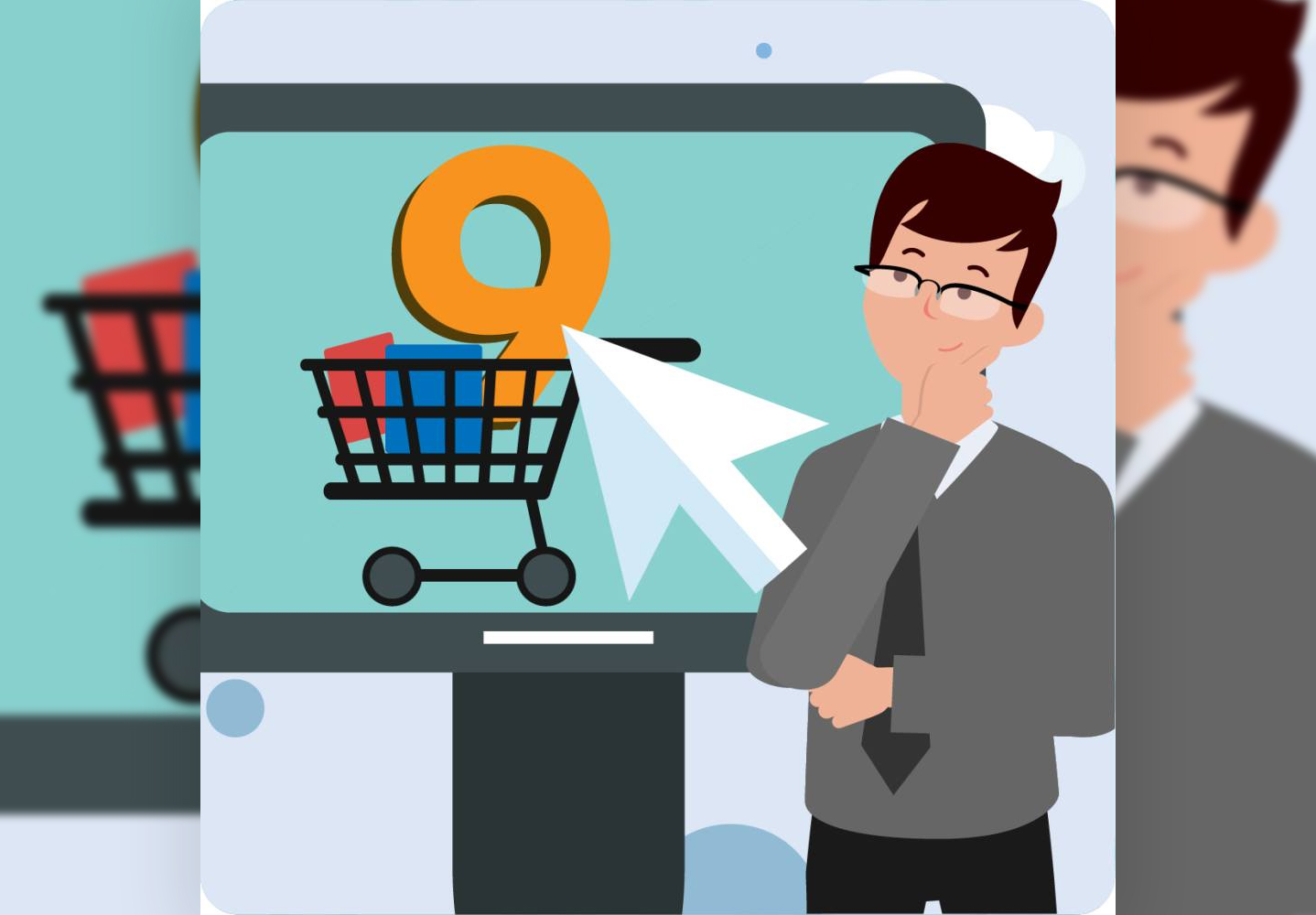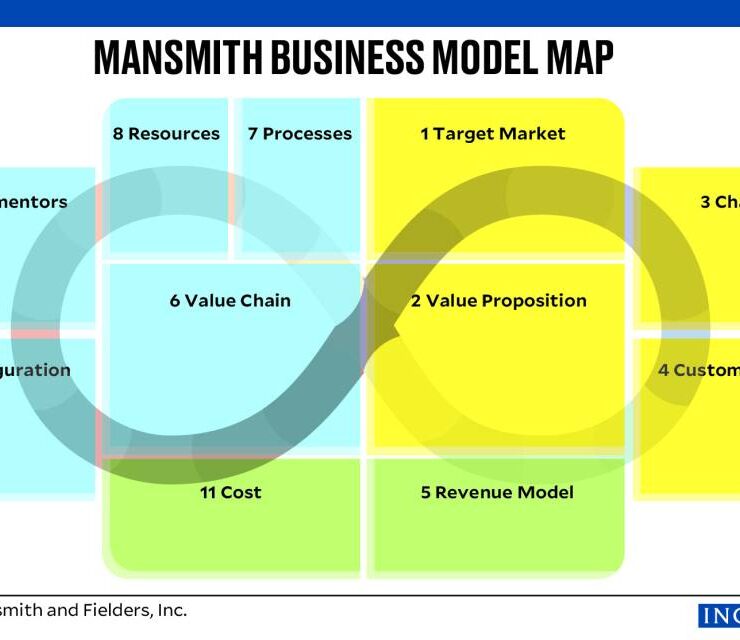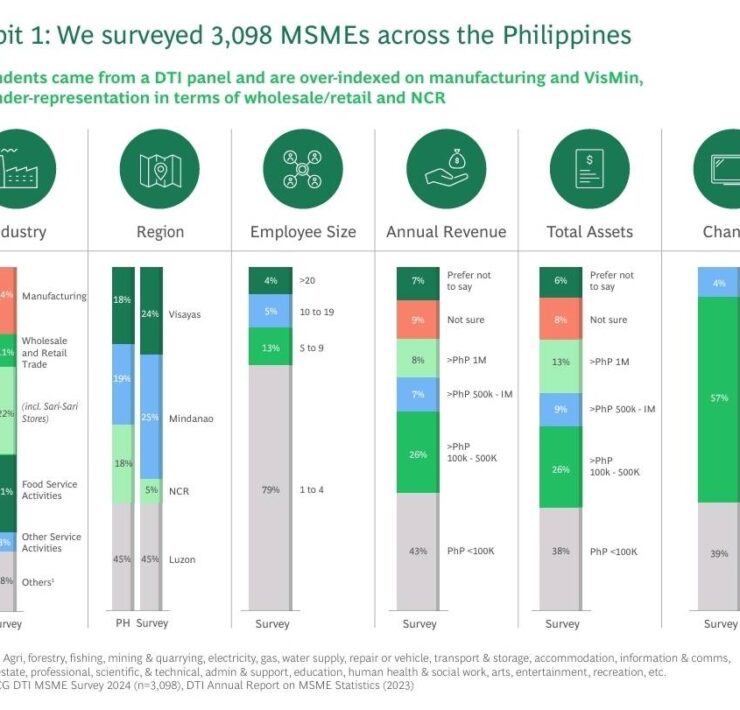Create a unique selling proposition

A unique selling proposition (USP) is the defining feature of a brand that compels consumers to buy or switch from their existing preferences.
There are nine different types of USPs, as outlined in the book Entrepreneurship (1978) written by this writer and Chiqui Escareal-Go, as well as in Entrepreneurship: The Four-Gate Model (2025) by this writer, Chiqui Escareal-Go and Calel Gosingtian.
These USPs operate on both functional and economic levels, but they can also draw out emotional and social benefits, especially for brands with high recognition. Below, I share insights on how companies, regardless of size, can use various USPs — beyond just customer relationships — to fuel their success.
1. Better: Offer superior products or services.
Example A: Cycles Mild Detergent for Babies uses no harsh chemicals, avoiding detergent residues that could irritate babies’ sensitive skin.
Example B: Bayad offers multi-platform bill payment options, ensuring accessibility for everyone, from in-person to mobile users.
2. Faster: Build speed or capability to move quickly.
Example A: Shakey’s 31-minute delivery offer guarantees that if your pizza is late, it’s free.
Example B: Amazon exemplifies the power of speed, moving quickly in the market through a culture of constant experimentation. With its test-and-learn approach, Amazon continuously launches new ideas and adjusts rapidly based on data and customer feedback. This agile execution allows the company to outpace competitors and innovate across various industries, from e-commerce to cloud computing.
3. Cheaper: Offer lower prices with the same or better value.
Example A: Owndays offers a wide selection of stylish, affordable eyeglasses.
Example B: Cebu Pacific Air consistently delivers the best seat sales, lowest fares and discounted flights.
4. Closer: Build relationships with customers, including localization.
Example A: Waters Philippines has distributors in key regions, ensuring personalized and timely service.
Example B: Motolite offers on-the-spot delivery and installation of car batteries wherever the customer is.
5. Larger (or smaller): Offer wider choices or more convenience.
Example A: The Philippines hosts four of the world’s largest malls—SM North EDSA, SM Mall of Asia, SM Megamall and SM Cebu City.
Example B: Bibingkinitan offers rice cakes in bite-size portions, making it more convenient for customers.
6. Easier: Be a flexible service or total solution provider.
Example A: Linear Coffee Roasters provides end-to-end service, from sourcing and roasting beans to training and product tie-ups.
Example B: PayMongo allows businesses to easily integrate secure payment systems into their online stores.
7. Rarer: Offer exclusivity or be the only choice in the area.
Example A: Mansmith and Fielders Inc. offers proprietary marketing seminars, including market-driving strategies, game-changing innovation and business model map.
Example B: UnionBank provides its by-invitation-only Reserve credit card, offering exclusivity, prestige, premium rewards and elite banking services.
8. Prestige: Build reputation from favorable and aspirational perception.
Example A: Mercedes Benz offers superior functionality along with high emotional benefits from its association with status and luxury.
Example B: SM Aura Premier provides a luxury shopping experience with exclusive brands and high-end services.
9. Different: Pursue innovation or new category, target underserved markets.
Example A: ConvergeICT offers high-speed fiber internet without long-term contracts, termination fees, or complicated processes.
Example B: Omron targeted housewives with an electronic blood pressure monitor, a unique twist on a traditionally doctor-focused product.
Note that while most of the value creation strategies mentioned here are focused on outperforming competitors within an existing marketplace, it is only the last strategy—being different—that truly centers on creating innovative value. This approach goes beyond just improving short-term market share; it can pave the way for deeper market penetration by carving out entirely new niches. Entrepreneurs and marketers must be deliberate in choosing whether to focus on satisfying existing customers or addressing the unmet needs of non-customers, while ensuring their offering is highly relevant to their chosen target market.
It is crucial to emphasize that before striving for uniqueness, the product or service must first be relevant. Without relevance, any claim of uniqueness will be hollow. Relevance is about identifying and addressing real customer pain points—whether those pain points are actual (unmet performance expectations) or latent (opportunities to elevate satisfaction to a higher level). Only by solving these pain points can a brand truly offer value that resonates with its audience.
Josiah Go is chair and chief innovation strategist of Mansmith and Fielders Inc. He is also cofounder of the Mansmith Innovation Awards. To ask Mansmith Innovation team to help challenge assumptions in your industries, email info@mansmith.net.





















